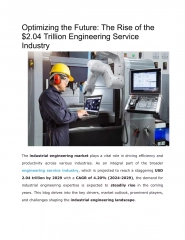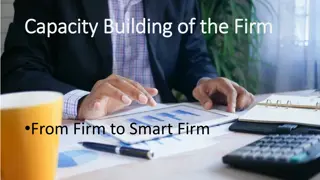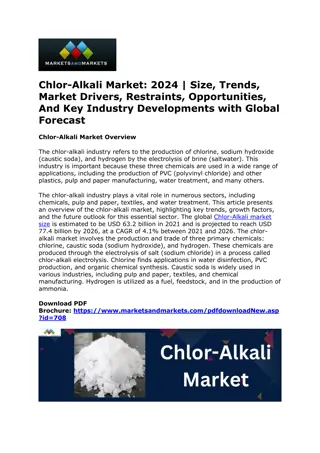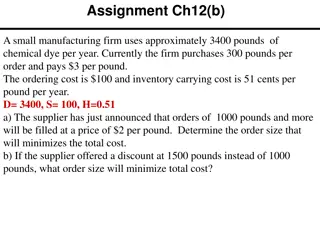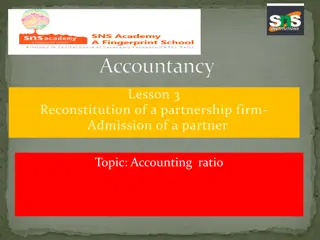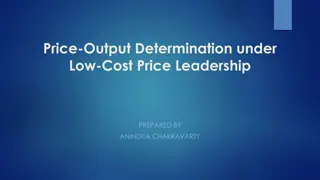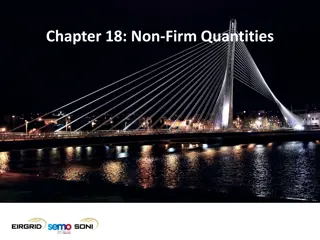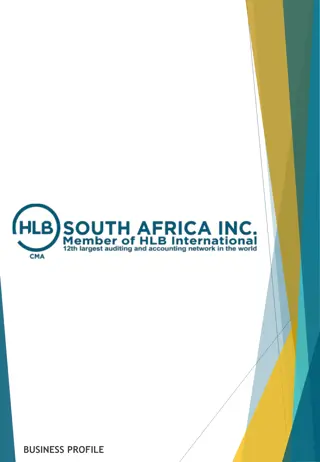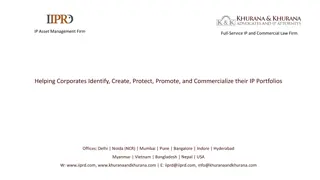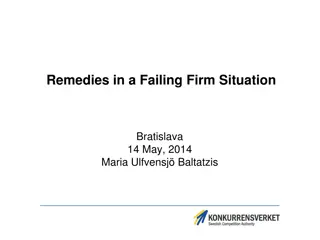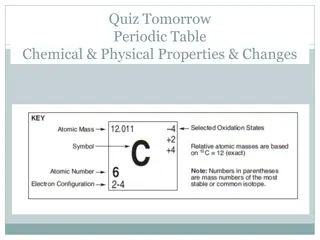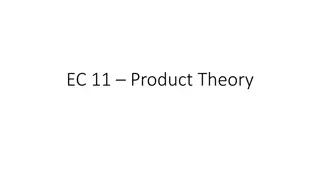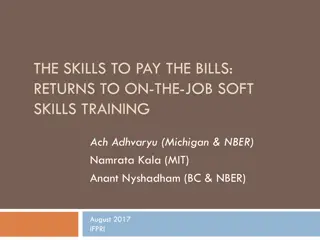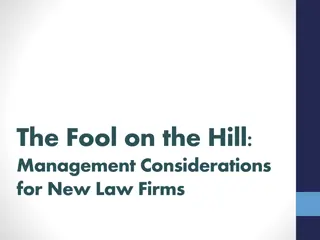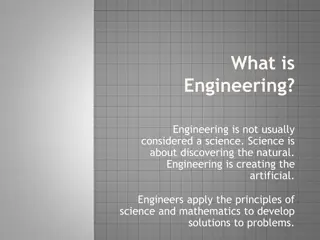Tier One Engineering Firm's Chlor-Alkali Expertise
Tier One Engineering Firm offers extensive technical knowledge in Chlor-Alkali unit engineering, with personnel experienced in various disciplines. Their expertise spans Brine treatment, Electrolysis, Chlorine treatment, and more, supporting strategic business decisions and regulatory approvals.
Download Presentation

Please find below an Image/Link to download the presentation.
The content on the website is provided AS IS for your information and personal use only. It may not be sold, licensed, or shared on other websites without obtaining consent from the author.If you encounter any issues during the download, it is possible that the publisher has removed the file from their server.
You are allowed to download the files provided on this website for personal or commercial use, subject to the condition that they are used lawfully. All files are the property of their respective owners.
The content on the website is provided AS IS for your information and personal use only. It may not be sold, licensed, or shared on other websites without obtaining consent from the author.
E N D
Presentation Transcript
Tier One Engineering Firm and Chlor-Alkali Tier One Firm Engineering Firm with extensive technical knowledge of Chlor-Alkali unit engineering Personnel are experienced in chlor-alkali including several process experts and one from chlorine industry Expertise built in all engineering disciplines: plant layout, estimating, mechanical/packages, electrical, construction and HSE Wide-ranging process technology know-how in: Brine treatment Electrolysis Chlorine and Hydrogen treatment Caustic Soda evaporation Hydrochloric Acid synthesis 2
Executive Summary Due to inherent complexities, corporate policy, and investment costs, industrial projects follow a systematic method of front-end planning prior to project execution. Front end planning mitigates risk, improves project success factors, allows for strategic business decisions, and supports formal regulatory approvals. Market conditions are negatively impacting the economics and implementation schedules for industrial projects. High energy costs, shortages of raw materials, shortages of skilled labor, inflationary pressures, and high demand are increasing costs and delivery schedules. Total project cost (including ISBL, OSBL and Owner costs) vary significantly based on capacity of the facility, the ability to re-use existing equipment and source of salt. Inside Battery Limits (ISBL) means the main process units. Outside Battery Limits (OSBL) support systems such as incoming brine pipeline, utilities, and buildings. Critical equipment have delivery schedules over one year (12-14 months). Overall project lifecycle for a technology conversion and expansion can be up to 50 months. A 12-month delivery schedule for membrane conversion is not feasible in the current market. 3
Project Delivery Overview Front-end Loading (FEL), Project Execution, Start-Up & Operation The processing industries (oil & gas, petrochemical, refining, and life sciences) typically follow a stage-gate process for project development and execution. The staged gate process begins with a front-end loading phase prior to the project execution and operational phases. Front-end loading is defined as the process of developing sufficient strategic information which owners can use to address risk and make decisions to commit resources in order to maximize the potential for a successful project. Front End Planning is also known as front end loading, pre-project planning, feasibility analysis, conceptual planning, programming/schematic design, and early project planning. FEL-1, FEL-2, and FEL-3 activities will require a 10-14 month duration dependent upon scope. Upon completion of the front-end loading activities, the project will move into the execution phase when engineering is completed, major equipment is procured, and onsite construction activities commence after receipt of the necessary regulatory approvals. Start-Up and Operation will begin once construction is complete on site, when each system is checked, tested and sequentially begins operations. 5
Project Schedule for Chlor-Alkali conversion/expansion EPC DURATION FEED -DETAILED ENGINEERING PRE-FEED START UP DURATION FEL / DEFINITION DURATION CONSTRUCTIONDURATION FEL 1 FEL 2 FEL 3 PROJECT EXECUTION SU/OPERATE 2-4 MONTHS 10-12 MONTHS 30-36 MONTHS 2-3 MONTHS PROJECT LIFECYCLE ~45-55 MONTHS 6
Front End Loading FEL-1 FEL-2 FEL-3 Business Planning Alternative Selection Project Definition Business case Heat & material balance Economic analysis Market analysis Environmental analysis Project objectives Preliminary equipment design Technology evaluation Process description Preliminary layout Preliminary schedule Preliminary estimate Site assessments Regulatory plan Preliminary risk assessment Project design basis Project execution plan Constructability QRA Definitive cost estimate Definitive schedule HAZOP Environmental impact assessment Community awareness plan Vendor bid packages Line lists 30% model review SIMOPS Specifications & Standards 7
Project Execution Detailed Engineering includes the development of detailed engineering deliverables Issued for Construction drawings, 60% and 90% model reviews, to support onsite construction and operations. Procurement includes the placement of all purchase orders for equipment and materials. Procurement also include logistics management, expediting, and supplier inspections. Construction involves the installation of all equipment and materials designed and procured for the project. This includes material management, labor supply, onsite supervision, construction equipment supply, housing, and temporary offices. Construction also includes performance of the turnaround (outage) which is a key issue and needs to be considered from FEL. Project Management will provide oversight and management of all detailed engineering, procurement, and construction for the project. This will include ensuring compliance with all owner and industry requirements, managing progress, and project reporting. 8
Start-up and Operation Start Up and Operations also known as commissioning and start up involves the cleaning, checking, inspecting, energizing of systems, training, start up, and performance testing of the facility. Once performance testing is complete, the plant commences normal operation. 9
Membrane Technology Suppliers Capacity is limited for membrane electrolyzer manufacturers (only 4 manufacturers remain with 6 technologies) Based on raw metal supply disruptions, electrolyzer market demand and production capacity, manufacturers have indicated they may only support a large scale conversion every 3-4 years. 10
Schedule influencers Opportunities to reduce project lifecycle duration: Collaboration agreements between owner and contractor to reduce gate approval durations Perform early procurement activities during FEL-3 The above could have a beneficial impact of 4-6 months depending on each project s requirements The current market is creating significant challenges and pressure on project lifecycle durations: Limited availability of experienced contractor resources Supply chain disruptions Record high fuel prices Insufficient labor supply Regulatory approval cycle Inflationary pressure on goods and services Raw metal volatility 11
Chlor-Alkali Conversion Recent Experience 12


